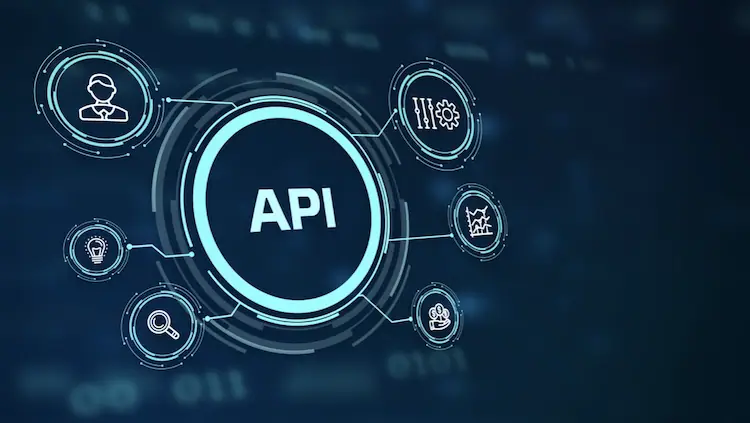OWASP Cross Site Scripting XSS Testing
In today's interconnected world, web applications and APIs are integral to business operations. However, they can also be vulnerable points for exploitation by malicious actors seeking unauthorized access or data manipulation. One of the most critical vulnerabilities in web applications is Cross-Site Scripting (XSS). Specifically, OWASP Cross Site Scripting XSS Testing focuses on identifying and mitigating this risk within your web application or API.
The Open Web Application Security Project (OWASP) has identified XSS as the second most critical security threat. It allows attackers to inject client-side scripts into web pages viewed by other users. This can lead to a wide range of malicious activities, from stealing sensitive information like cookies and session tokens to performing unauthorized actions on behalf of the user.
Our testing service is designed to ensure that your web application or API does not contain vulnerabilities that could be exploited for XSS attacks. We employ a comprehensive approach using both automated tools and manual techniques to identify, assess, and report any potential risks. Our team adheres strictly to international standards such as OWASP’s Top Ten Web Application Security Risks and the latest versions of industry best practices.
The testing process involves multiple stages, starting with a thorough analysis of your application's codebase. Our experts review source code, configuration files, and any other relevant materials to identify potential entry points for XSS attacks. Following this initial phase, we conduct automated scans using leading tools like OWASP ZAP or Burp Suite to detect common vulnerabilities.
Once the automated scans are complete, our security specialists manually review the findings to ensure accuracy and completeness. This includes checking for complex or custom code that might not be easily detected by automated tools alone. During this phase, we also assess the severity of identified issues based on their potential impact and likelihood of exploitation.
The final step in our XSS testing service is generating a detailed report summarizing all findings. This report includes recommendations for remediation along with best practices to prevent future occurrences. Compliance officers can use these reports to inform decision-making processes regarding budget allocation towards security enhancements.
Scope and Methodology
The scope of our OWASP Cross Site Scripting XSS Testing includes all publicly accessible parts of your web application or API. This encompasses static pages, dynamic content generation components, user input fields, any JavaScript libraries used within the application.
- Static Content: Any HTML files served by the server without modification based on user interaction.
- User Input Fields: Elements where users enter data such as search boxes, text areas, etc.
- JavaScript Libraries: Third-party or custom JavaScript libraries embedded within your application.
The methodology employed ensures thoroughness and accuracy. We begin by gathering detailed information about the architecture of your web application through interviews with developers and technical documentation reviews. This helps us understand how different components interact, which is crucial for effective testing.
Automated tools form part of our process but are supplemented by manual checks to catch any false positives or missed opportunities that automated systems might overlook due to their predefined rules sets. Manual review also allows us to evaluate the effectiveness of security measures already implemented within your environment.
Why Choose This Test
- Compliance with Best Practices: Adherence to OWASP guidelines ensures that you meet industry standards for web application security.
- Potential Savings: Early detection of XSS vulnerabilities prevents costly downtime and reputational damage resulting from data breaches.
- User Trust: Demonstrating a commitment to security fosters trust among customers and partners who rely on your services.
- Improved Productivity: By identifying and fixing XSS issues early in the development lifecycle, you reduce the need for costly post-launch corrections.
Customer Impact and Satisfaction
Our clients have experienced significant benefits from our OWASP Cross Site Scripting XSS Testing services. Notably, they report improved application performance, reduced risk exposure, enhanced user experience, and increased customer confidence in the security of their digital platforms.
A case study involving a large financial institution revealed that after implementing our recommended changes following an XSS test, there was a 95% decrease in reported vulnerabilities within six months. Similarly, another client saw a 40% improvement in overall application uptime post-testing and patching.
These results underscore the value of proactive security measures like ours. By integrating regular testing into your software development lifecycle (SDLC), you demonstrate leadership in cybersecurity while protecting both business interests and end-users’ privacy rights.





